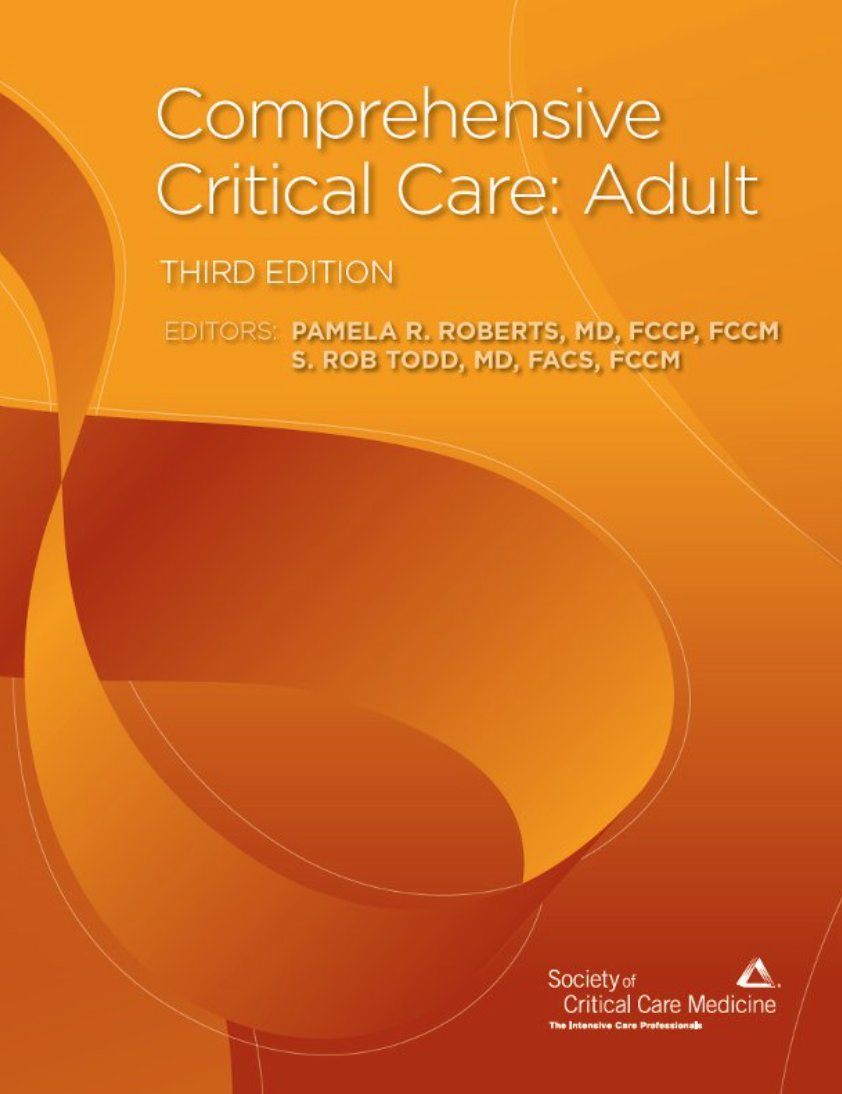
I just read this 👇 in the Comprehensive Critical Care: Adult, 3rd Edition; 2022 (@SCCM book). Are we still targeting CVP > 8? 

#POCUS #POCUSpeeps #FOAMed #FOAMus #FOAMcc #IMPOCUS #MedTwitter #MedEd #EMBound @ACEP_EUS @MetroHealth_EM @MH_EMultrasound @jminardi21 @ThinkingCC @RJonesSonoEM @jaffa_md @TomJelic @msiuba @siddharth_dugar @NephroP @MynephCC
@HeyDrNik @ICUltrasonica @khaycock2 @NickjohnsonMD
@HeyDrNik @ICUltrasonica @khaycock2 @NickjohnsonMD
@nickmmark @TaotePOCUS @cianmcdermott @vaszochios @nickmmark @cjosephy @KalagaraHari @critconcepts @MegriMohammed @emily_fri @icmteaching @curromir @iceman_ex @Thind888 #MedStudentTwitter
• • •
Missing some Tweet in this thread? You can try to
force a refresh









